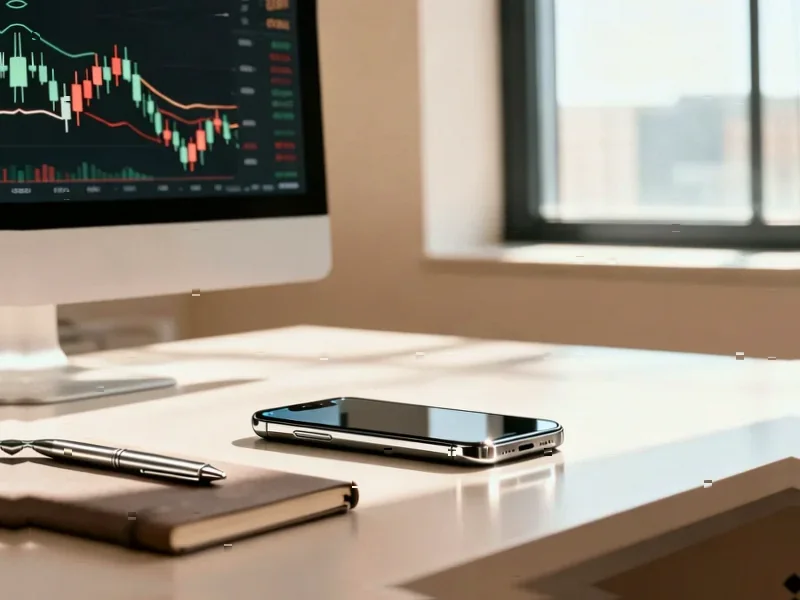According to Gizmodo, Apple is expecting its “first-ever $140 billion quarter” this holiday season based on analysis of CFO Kevan Parekh’s recent conference call comments. The company projects 10% to 12% sales growth, roughly double Wall Street’s 6% prediction, positioning this as Apple’s “best iPhone quarter ever.” Apple retail stores are preparing for an “overnight” transformation starting November 11th, involving store rearrangements and new marketing materials ahead of the holiday rush. This optimistic forecast comes despite widespread consumer budget tightening, suggesting the spending will be driven primarily by affluent customers. This divergence highlights the unusual economic dynamics at play.
The Luxury Tech Divide
What we’re witnessing is the acceleration of a trend that’s been building for years: technology as luxury goods. Apple’s positioning at the premium end of the market insulates it from broader economic pressures affecting middle-income consumers. While research shows that most Americans are cutting discretionary spending, Apple’s customer base includes a significant portion of consumers who remain largely unaffected by inflation and wage stagnation. This creates a fascinating dynamic where Apple’s success becomes less about market penetration and more about extracting maximum value from its loyal, affluent user base.
The Risks of Premium Positioning
Apple’s dependence on high-end consumers creates significant strategic vulnerabilities. The company is essentially betting that economic inequality will continue to widen, maintaining a class of consumers immune to broader economic pressures. However, this strategy faces several challenges. First, market saturation among affluent users means growth must come from either convincing existing customers to upgrade more frequently or extracting higher prices per device. Second, regulatory pressures around antitrust and right-to-repair could undermine Apple’s walled garden approach. Third, the company’s China exposure remains a concern despite recent optimism about holiday performance.
Shifting Competitive Dynamics
While Apple thrives in the premium segment, competitors are making strategic gains in the value and mid-range markets. Companies like Google with its Pixel lineup and Samsung with its A-series devices are capturing budget-conscious consumers who might have previously stretched for Apple products. More importantly, we’re seeing the rise of “good enough” computing where mid-range devices satisfy most users’ needs for several years. This creates a long-term threat to Apple’s upgrade cycle model, as even affluent consumers may question the value proposition of frequent premium upgrades when capable alternatives exist at half the price.
The Sustainability Question
Apple’s projected record quarter raises important questions about sustainable growth in the tech sector. The company’s ability to generate $140 billion in a single quarter while most consumers struggle financially represents both a triumph of brand positioning and a potential reputational risk. As economic pressures continue to squeeze middle-class households, there could be growing backlash against luxury technology pricing. Additionally, environmental concerns around frequent device upgrades and electronic waste may gain traction among the very consumers driving Apple’s current success. The company’s long-term strategy must balance premium pricing with broader social and environmental considerations.
Broader Market Implications
Apple’s performance serves as a key economic indicator, but one that reflects the health of the luxury segment rather than the broader consumer economy. Investors should view Apple’s success as evidence of continued strength in high-end discretionary spending rather than general consumer confidence. This divergence suggests that traditional economic indicators may need recalibration to account for the growing gap between affluent and middle-income consumer behavior. For other tech companies, Apple’s performance demonstrates both the rewards of premium positioning and the risks of becoming dependent on a narrow segment of the consumer market.




